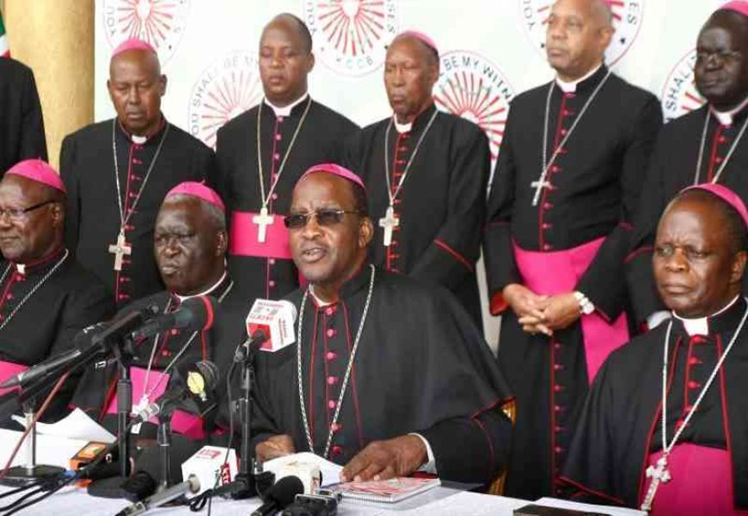
Kenya Kwanza’s 2027 Strategy: Delivering Development While Solidifying Political Base
The Kenya Kwanza government, under President William Ruto, has ramped up efforts to fulfill its 2022 campaign promises and strengthen its political base ahead of the 2027 elections. Central to this strategy is a focus on addressing regional disparities and showcasing infrastructure development, particularly in key electoral regions.
Relaunching Key Projects
One of the government’s notable approaches involves relaunching and rebranding major infrastructure projects initiated during former President Uhuru Kenyatta’s tenure. High-profile developments such as the Nairobi Expressway and the Mau Summit-Kericho-Kisumu Highway, originally part of Kenyatta’s Vision 2030 agenda, are now being highlighted as pivotal achievements under Ruto’s leadership.
These projects are presented as symbols of progress and continuity, emphasizing Kenya Kwanza’s commitment to development across all regions. By framing these initiatives within its governance narrative, the government seeks to resonate with communities nationwide, ensuring visibility and appreciation for the ongoing works.
Criticism and Public Scrutiny
Critics, however, have questioned the originality of this strategy, pointing to the re-tendering and repackaging of existing projects. Concerns over fiscal accountability have also surfaced, with some alleging that public resources are being used for what appears to be early political campaigning. Such criticisms have been particularly strong in regions where development projects are closely tied to voter influence.
Building Public Perception for 2027
As the 2027 elections approach, the success of Kenya Kwanza’s strategy will hinge on its ability to shape public perception. Voter confidence will depend on whether these initiatives are seen as genuine advancements in national development rather than mere political maneuvering.
While critics remain vocal, the government is positioning its efforts as a demonstration of its commitment to equitable growth and infrastructure development. The coming years will reveal whether this approach effectively solidifies voter support or fuels further debate over governance and resource allocation.








